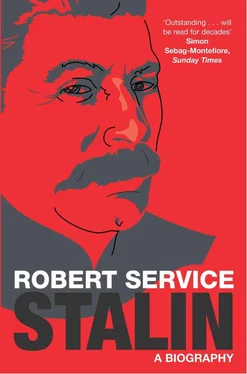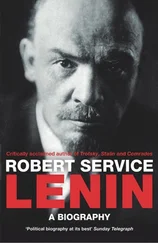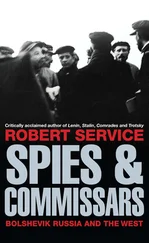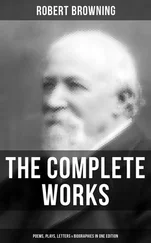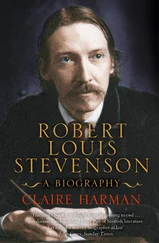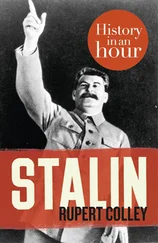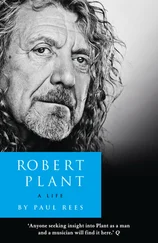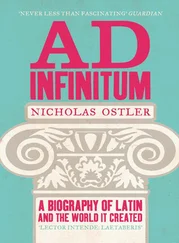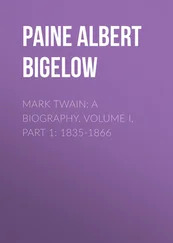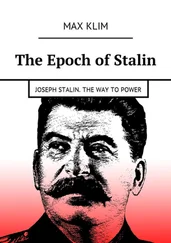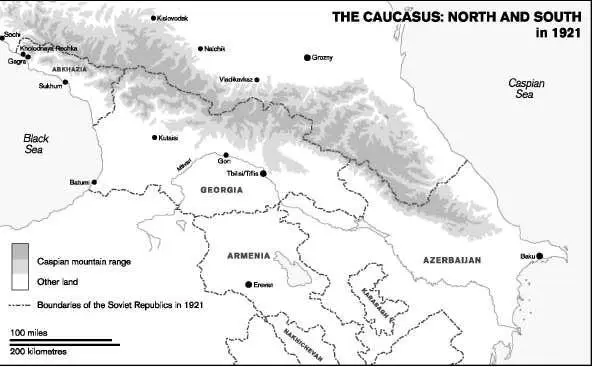
1. The Caucasus: North and South in 1921

2. Stalin’s Last Exile, 1913–17
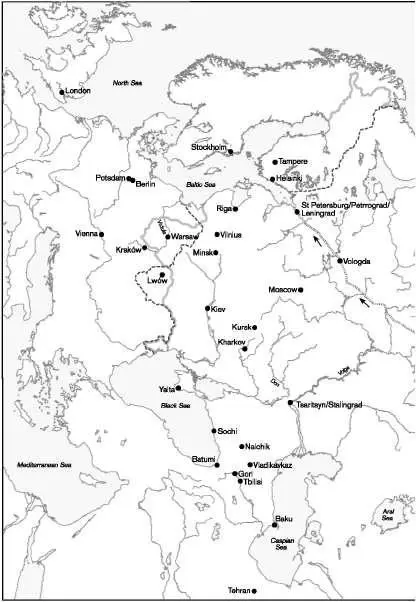
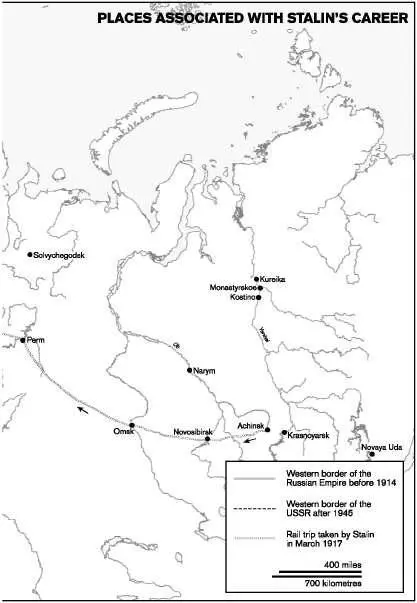
3. Places Associated with Stalin’s Career

4. The USSR and Eastern Europe After the Second World War
PART ONE
The Revolutionary
1. STALIN AS WE HAVE KNOWN HIM
Joseph Stalin is one of the most notorious figures in history. He ordered the systematic killing of people on a massive scale. In his years of power and pomp, from the late 1920s until his death in 1953, he personified the Soviet communist order. The October Revolution of 1917 in Russia had given rise to a one-party, one-ideology dictatorship serving as a model for the transformation of societies across a third of the globe’s surface after the Second World War. Although Lenin had founded the USSR, it was Stalin who decisively strengthened and stabilised the structure. Without Stalin, the Soviet Union might have collapsed decades before it was dismantled in 1991.
After Lenin died in 1924, most people were surprised when Stalin emerged the victor from the ensuing conflict among the party’s leaders. By the end of the decade he had rejected the compromises the party had reluctantly accepted in order to survive in power after the Civil War in the former Russian Empire. Stalin marched the Soviet Union in the direction of industrialisation. Millions of peasants died while agriculture was collectivised. The network of labour camps was expanded and Stalin reinforced his despotism through the Great Terror of the late 1930s. Hitler’s Operation Barbarossa against the USSR in 1941 caught Stalin disastrously off guard. But the Red Army fought back and, with Stalin as supreme commander, defeated the Wehrmacht. After the Second World War the USSR asserted its dominion across the eastern half of Europe. Stalin’s reputation, for good or evil, rose to its climax. When he died in 1953, he was mourned by millions of fellow citizens who had abundant reason to detest him and his policies. He left the Soviet Union as a world power and an industrial colossus with a literate society. He bequeathed institutions of terror and indoctrination with few rivals in their scope. The history of the USSR after his death was largely a series of attempts to conserve, modify or liquidate his legacy.
Stalin left no memoirs. Before the late 1920s no one troubled to write more than a brief sketch of him. Those who did put words into print scorned him. The unsurpassed chronicler of Russia in the year 1917, Nikolai Sukhanov, dismissed him as ‘a grey, dull blank’. 1Trotski and his sympathisers such as Boris Souvarine and Isaac Deutscher ridiculed Stalin as a bureaucrat without an opinion or even personality of his own; this had also been the line taken by leaders of other revolutionary parties — Mensheviks and Socialist-Revolutionaries — who had been forced into foreign exile. 2Despite the diversity of their political orientations, all such writers agreed when characterising Lenin’s successor. Stalin’s lack of talent appeared to them as axiomatic. His defects were thought obvious. Stalin had not lived as an émigré before the fall of the Imperial monarchy in the February Revolution! He was neither a polyglot nor a decent orator! He was a mere administrator! Such features were offered as proof that he deserved second-rate status among the party’s leaders. Even friendly comrades in the decade after the October Revolution thought that his only strong suit was administration and that the important decisions of state should be left to them and not to Stalin. 3
Ambitious and resentful, Stalin set about embellishing his reputation. In 1920 he stressed that Lenin, at their first meeting in 1905, had struck him as an unobtrusive figure. The aim was clear. Stalin was indicating that this was the kind of man who had founded the communist party and whom he sought to emulate: he was offering a self-portrait. But showiness was not for him. Stalin’s aide Ivan Tovstukha produced a biographical sketch in 1924, mentioning his postings in the October Revolution and Civil War; 4but this was hardly a coloratura piece of writing. Always Stalin and his associates stressed his eagerness to fit into a political collective. The self-preening political protagonists in the Soviet Union — Lev Trotski, Grigori Zinoviev, Lev Kamenev and Nikolai Bukharin — were contrasted with the modest Party General Secretary.
Resuming his ascent to the political summit, Stalin arranged for weightier claims to be made on his behalf. Approved biographies appeared, each more hagiographical than the previous one. In 1938 a grandiose account was published, written by Party Central Committee stooges and anonymously edited by Stalin. 5The chapters represented him as the contemporary genius of world communism; and the growing tendency was to depict him as the equal of Lenin as party leader, exponent of Marxist theory and global statesman. This image was picked up in the West by commentators impressed by the industrial and educational progress made in the USSR in the 1930s. From 1941, when the USSR entered the struggle against Nazi Germany, the praise for Stalin was unstinted. Time magazine fêted him as its Man of the Year, who alone had the tenacity to lead his country to military triumph. After the Second World War, when the Cold War broke out and the Western Allies turned him from hero into villain, the number of Stalin’s admirers fell drastically away. Yet among his critics there were few who still thought him a mediocrity. Revered or detested, he was recognised as one of the twentieth century’s outstanding politicians.
Some saw him as Lenin’s authentic successor who drove the automobile of Revolution along a road mapped out by Lenin. Others regarded him as Leninism’s great betrayer. Playing up Russian national interests, he was painted as little different from the emperors of old. Supposedly Stalin wanted to achieve chiefly the objectives that had eluded the greatest of the Romanovs. 6Such a desire was reflected in Stalin’s foreign policy of westward expansion. In the USSR this took the form of privileging the ethnic Russians in postings, education and status. Stalin was depicted as an exponent of traditional Russian imperialism.
Another image of Stalin had him mainly as a power-hungry killer. Once having gained supreme authority, supposedly, the latent psychotic urges were released and the carnage of the 1930s began. Some contended that this could not have happened unless the doctrines and practices of the Soviet one-party state had already been put in place; but they also insisted that the mayhem would not have occurred in 1937–8 unless an unhinged dictator had controlled the party and the political police. 7Stalin did not just incarcerate and murder. In applying physical and mental torment to his victims, he degraded them in the most humiliating fashion. He derived deep satisfaction from this. Although he himself did not beat those whom the police held in the Lubyanka prison, he encouraged the most brutal measures. He delighted in keeping even his closest associates in unrelieved fear. Definitions of insanity are controversial, but undeniably Stalin’s personality was a dangerously damaged one and this personality supplied the high-octane fuel for the journey to the Great Terror.
Читать дальше
